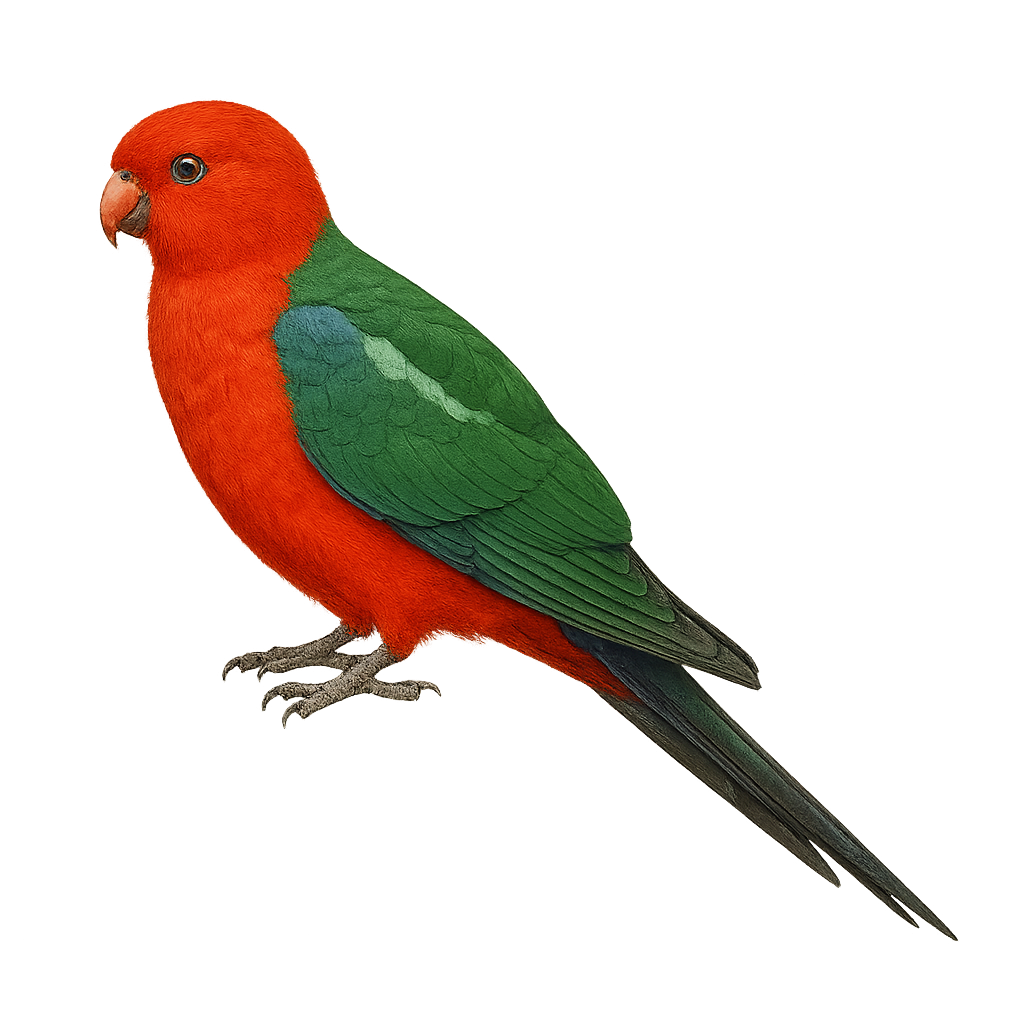Your wildlife photography guide.
Explore the australian king parrot in detail, study its behavior, prepare your shots.
Where to observe and photograph the australian king parrot in the wild
Learn where and when to spot the australian king parrot in the wild, how to identify the species based on distinctive features, and what natural environments it inhabits. The WildlifePhotographer app offers tailored photography tips that reflect the australian king parrot’s behavior, helping you capture better wildlife images. Explore the full species profile for key information including description, habitat, active periods, and approach techniques.
Australian King Parrot
Scientific name: Alisterus scapularis

IUCN Status: Least Concern
Family: PSITTACIDAE
Group: Birds
Sensitivity to human approach: Suspicious
Minimum approach distance: 5 m
Courtship display: September to November
Incubation: 20-24 jours
Hatchings: September to December
Habitat:
rainforests, woodlands, urban gardens
Activity period :
Primarily active during the day, with peak activity in the morning and late afternoon.
Identification and description:
The Australian King Parrot, scientifically known as Alisterus scapularis, is a vibrant and captivating bird native to eastern Australia. Males are distinguished by their bright red heads, green backs, and wings adorned with red patches, while females have more subdued colors with green heads. These parrots measure about 42 cm in length and are often seen in pairs or small groups. They inhabit rainforests, woodlands, and urban gardens, feeding primarily on seeds, fruits, and flowers. Their song is melodious yet subtle, and they are known for their curious and sociable behavior towards humans.
Recommended lens:
400 mm – adjust based on distance, desired framing (portrait or habitat), and approach conditions.
Photography tips:
To photograph the Australian King Parrot, it's advisable to use a telephoto lens of at least 400mm to capture detailed images without disturbing them. As these birds are suspicious, it's best to keep a distance of about 5 meters. Look for them in rainforests or urban gardens where they often feed. Be patient and discreet to get natural shots. Take advantage of the morning light to capture the vibrant colors of their plumage.
The WildlifePhotographer App is coming soon!
Be the first to explore the best nature spots, track rutting seasons, log your observations, and observe more wildlife.
Already 1 432 wildlife lovers subscribed worldwide

